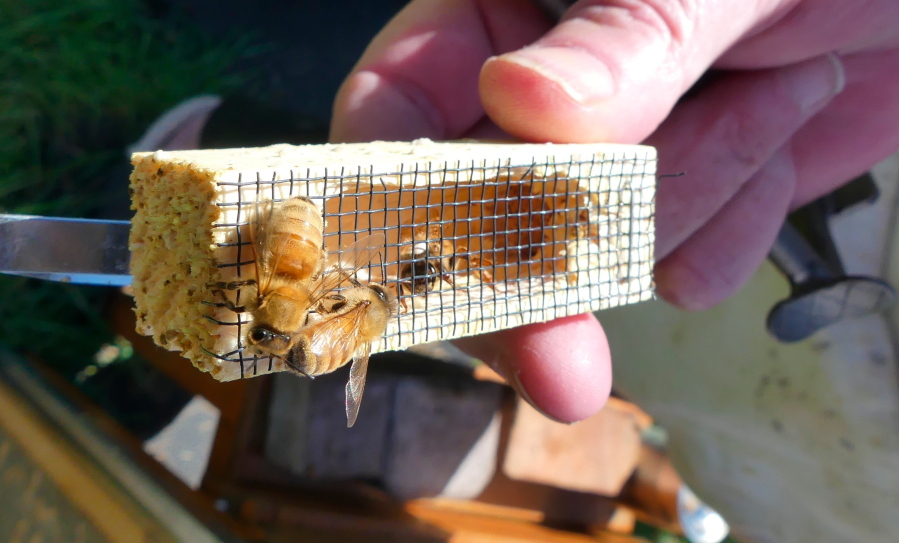Spring is the busiest time of year for bees and their beekeepers. Queens begin laying their eggs, scouts head out of the hive to find food to replenish diminished stocks, and the rest of the workers shoulder the load in raising more brood.
For beekeepers, late summer and autumn are the primary harvest periods for honey, while winter provides a pause for equipment cleaning and repair. Spring is all about honeybee regeneration, said Jeffrey Harris, a research professor with the Mississippi State University Extension Service.
“Bees are seasonal animals that depend upon flowers,” Harris said. “You can’t grow brood without pollen, and there’s only a discreet amount of time available for blooming.”
Beekeeping seasons vary in length according to climate, of course. That ranges from about 10 weeks in Alaska to 11 months or more along the Gulf of Mexico.
“The seasons are shorter in Alaska but you can make more honey per colony,” Harris said. “Things bloom hard and daylight runs about 20 hours per day. Down here (Mississippi), it’s greatly different. We have a little winter lasting about two weeks.”
Overwintering honeybee colonies in hives is tricky but not unworkable. The key to high wintering success is ensuring that the bees are healthy at the beginning of the cold season and have enough nutrition to carry them over.
Beekeepers face colony mortality because of disease-carrying mites, moisture building up in the hives and extreme cold. Few plants will bloom outdoors in single-digit temperatures, and their absence triggers starvation.
“If bees are to starve, it’s generally in February and March,” Hollis said. “We don’t start to see much flowering down here until March.
“Beekeepers need to provide artificial syrup and candy (pollen patties) to sustain and help them with the ups and downs of weather in the early spring.”
The four types of bees most commonly seen in North America are wild bees, bumblebees, Mason bees and honeybees.
Honeybees are among the first of the bee species to become active each year, said Andony Melathopoulos, a bee specialist with Oregon State University Extension.
“Unlike all the other bees in the U.S., they winter as a colony so they can jump into action as soon as it gets warm” — approximately 55 degrees, he said. “In the middle of the winter, all the rest of the bees are in some form of dormancy, either in the ground or in hollow stems.”
Gardeners can make their properties more hospitable by choosing plants attractive to bees, massing them in broad strips or swaths, and selecting those that flower starting in early spring, Melathopoulos said.
“People should be aware that many plants with gorgeous blooms don’t always attract pollinators,” he said. “A hybrid tea rose has really no benefit to pollinators. So look out for plants that pollinators visit when strolling around your neighborhood.”
“The best policy is to plant a variety of bee-attractive flowers, ones with different shapes and colors, that bloom at different times of the year,” Melathopoulos said.



